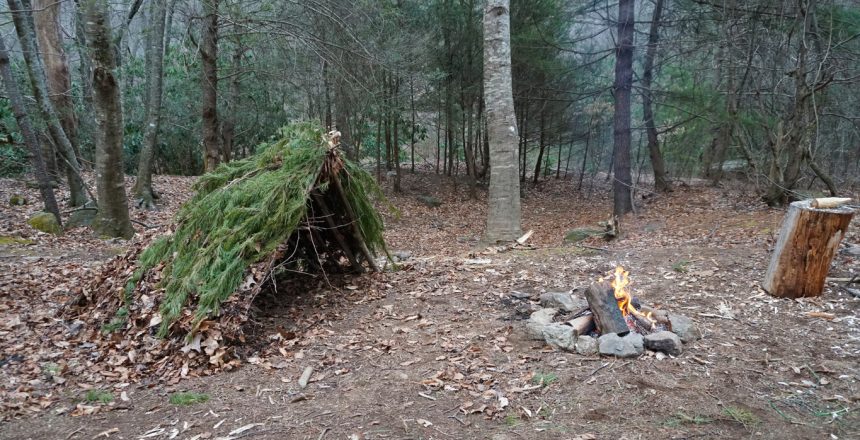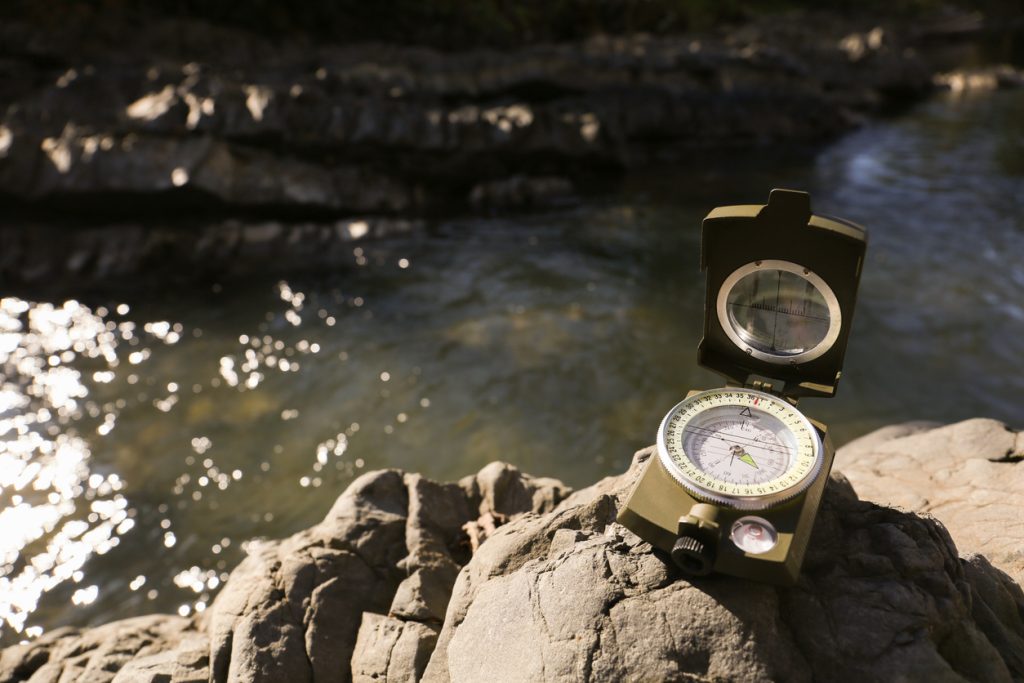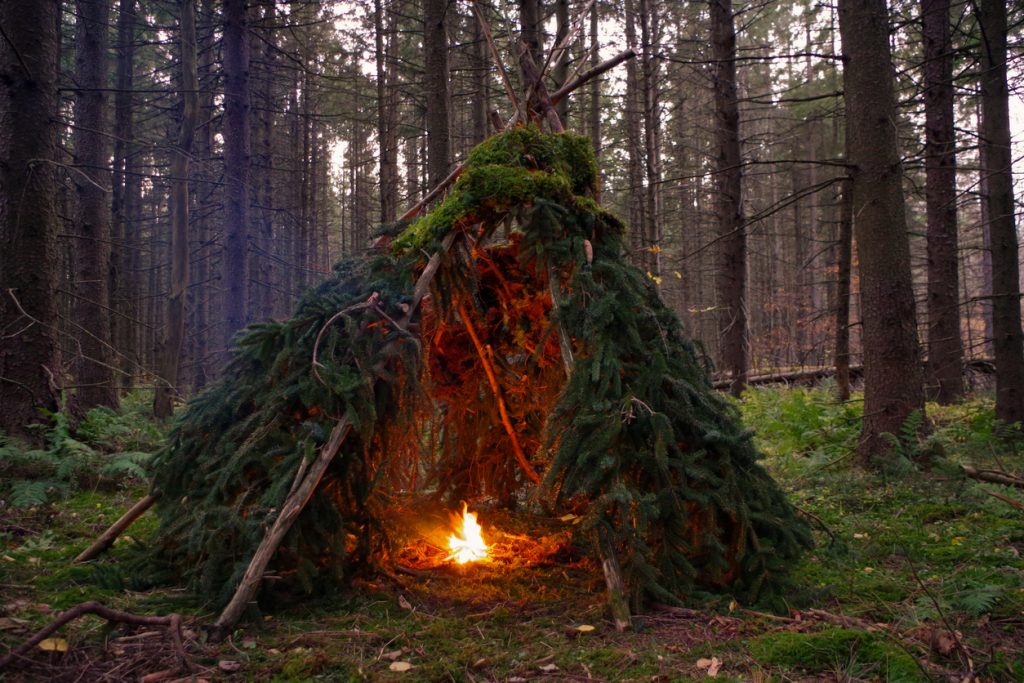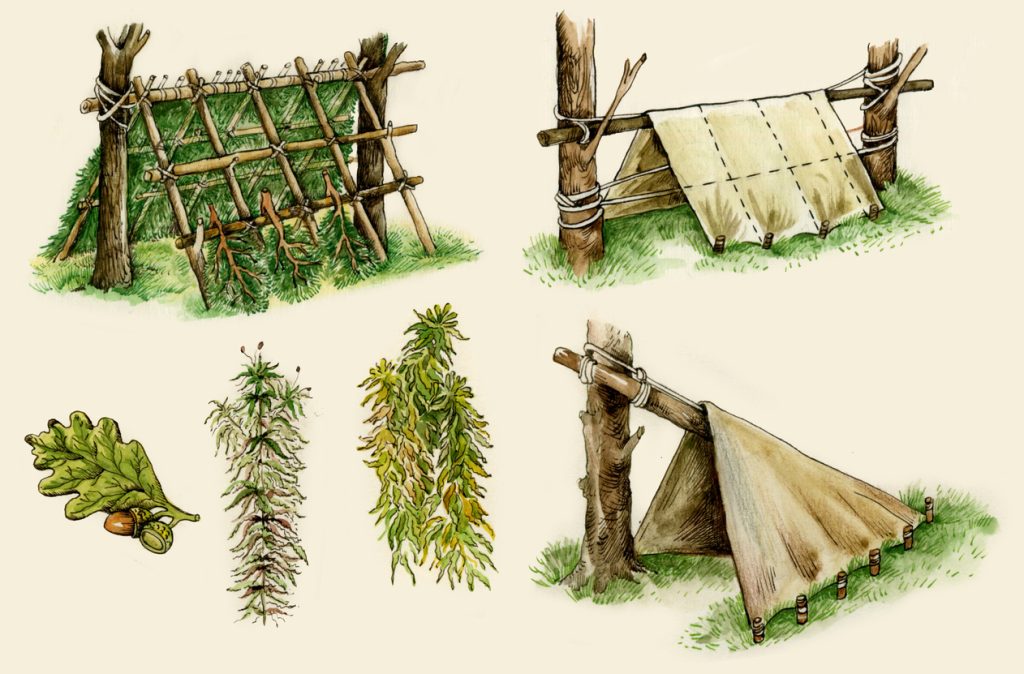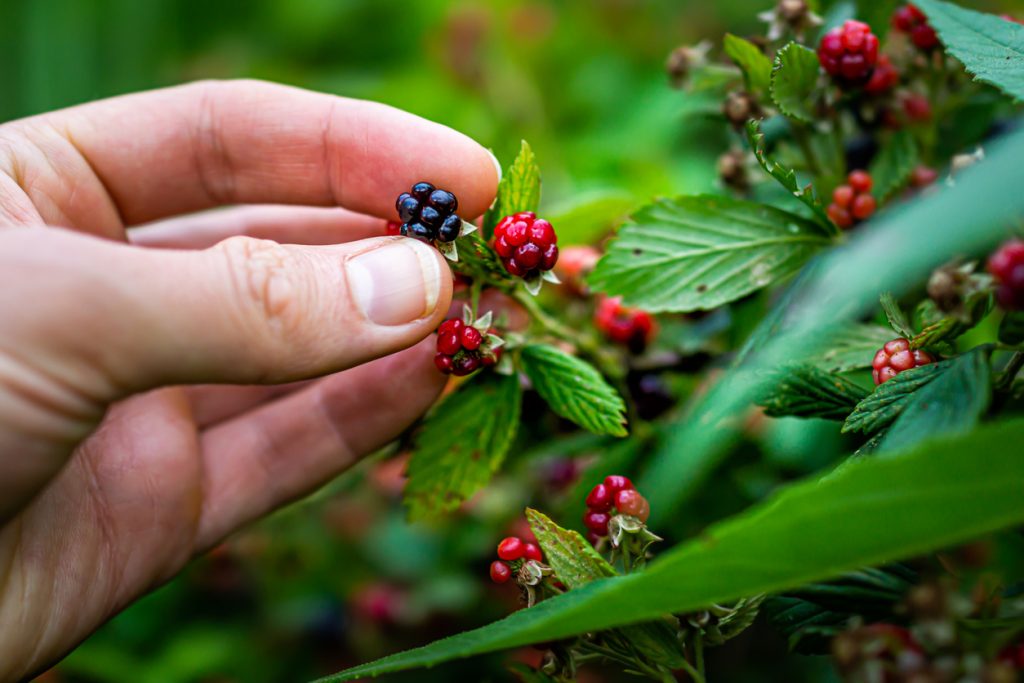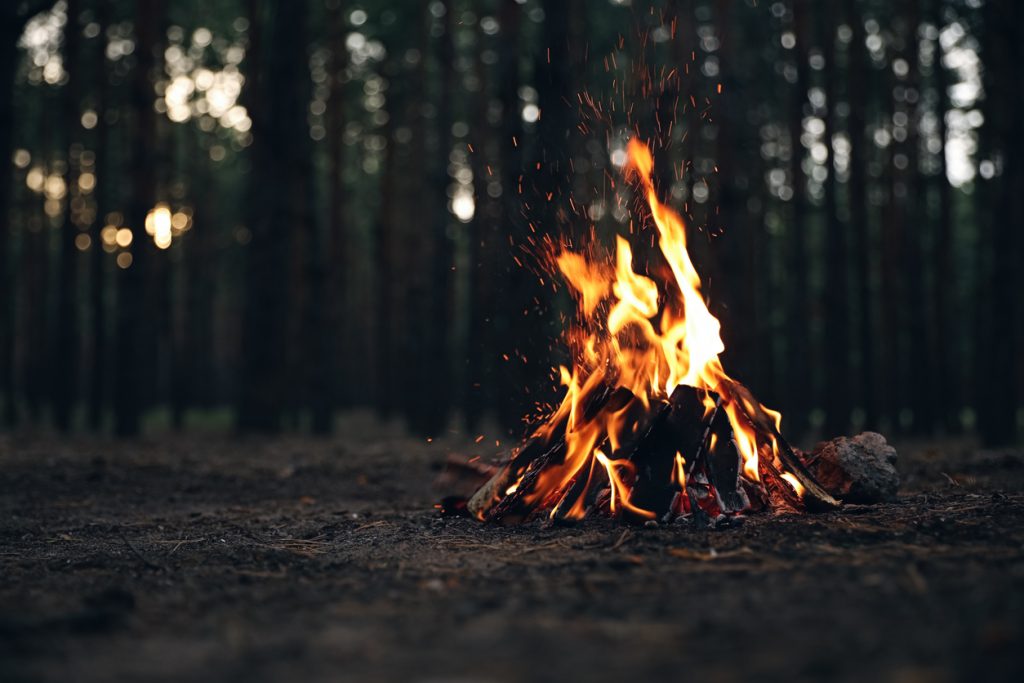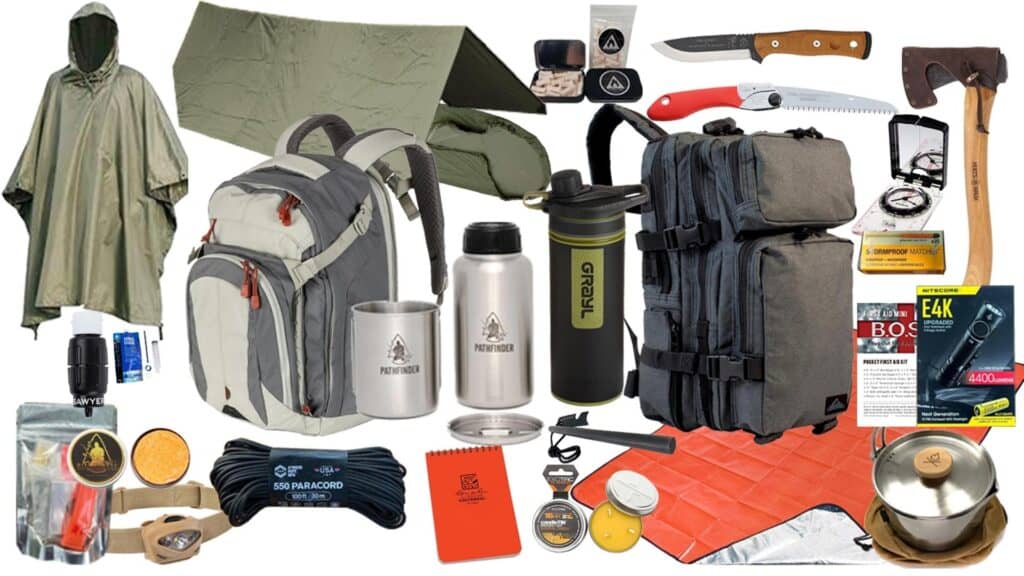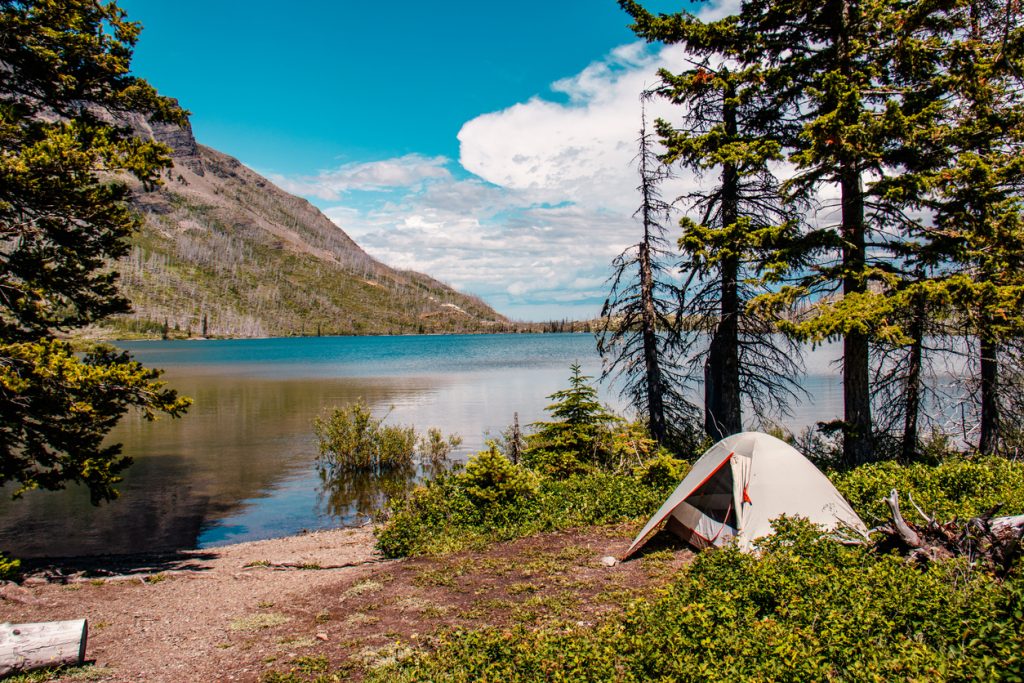Wilderness Survival: Mastering Essential Skills for Thriving in the Wild
A comprehensive guide to wilderness survival skills, including building shelter, finding food and water sources, signaling for help, navigating the wilderness, maintaining warmth and dryness, essential first aid knowledge, the importance of a well-prepared survival kit, mental preparedness, and learning resources.
Introduction to Wilderness Survival Skills
Wilderness survival skills are vital for thriving in the great outdoors. They require a combination of knowledge, practical skills, and mental fortitude. Whether navigating through unfamiliar terrain, finding food and water sources, or building shelter, these skills are essential for anyone venturing into the wild. The comprehensive wilderness survival guide aims to equip individuals with essential techniques for surviving and thriving in the wilderness.
For example, consider a scenario where a hiker gets lost in a remote forest. By applying wilderness survival skills, the hiker can effectively navigate through the terrain, build a shelter, source food and water, and signal for help. This highlights the practical relevance and importance of acquiring and honing these skills for anyone who enjoys outdoor activities or ventures into wilderness environments.
Relying on one’s knowledge and skills in challenging situations can significantly improve personal safety and well-being, emphasizing the critical nature of wilderness survival skills. All too often, people venture off into nature without any gear. No one thinks they’re going to get lost or injured until they do.
Shelter is a fundamental requirement for protecting from harsh weather conditions and ensuring personal safety in the wilderness. While natural formations such as caves and overhanging rocks can offer immediate protection, understanding how to construct a suitable shelter using available resources is a valuable skill.
For instance, in a survival situation, building a shelter from branches, leaves, and other natural materials provides protection and insulation. It offers a sense of security and comfort in an otherwise challenging environment. The psychological impact of having a secure place to rest and recuperate cannot be understated, highlighting the multifaceted significance of shelter building in the wild.
Your choice of shelter design can significantly impact its effectiveness in providing protection and comfort. For example, an A-frame shelter may be more suitable in certain weather conditions, while a lean-to structure may offer better insulation in colder environments. The Mors Kochanski super shelter is an incredible shelter for below-zero temperatures.
Understanding these nuances and adapting shelter designs to different scenarios can enhance an individual’s ability to thrive in diverse wilderness settings. By mastering shelter building skills and recognizing its psychological significance, individuals are better equipped to endure and overcome the challenges of surviving in the wild.
The importance of understanding local flora and natural resources for shelter construction cannot be overstated. Different environments offer varying materials for shelter building, and knowing how to identify and utilize these resources is essential.
For instance, fallen branches and leaves may be abundant in a forested area, while rocks and sand may be more prevalent in a desert environment. Understanding the characteristics of different environments and adapting shelter-building techniques accordingly is crucial for effective wilderness survival.
Finding Food and Water Sources
In a wilderness survival situation, finding food and water sources is a critical skill to master. Staying hydrated is a top priority, making the location and purification of water sources crucial. For example, understanding how to identify different sources of water, such as streams, rivers, and natural springs, and then purifying the water through boiling, chemical treatment, or filtration can ensure a safe and reliable supply of hydration in the wilderness.
In addition to water, obtaining food is essential for sustaining energy and overall well-being. Foraging for edible plants and developing hunting and trapping skills are essential for obtaining food in the wild. For example, learning how to identify edible plants, set up basic snares or traps, and understand wild game behavior and habitats can significantly increase the chances of procuring food in a wilderness setting. Moreover, knowledge of basic trapping techniques can provide an alternative means of obtaining food when other methods are not yielding results.
Furthermore, understanding the seasonal availability of wild edible plants and the behaviors of local wildlife can inform effective foraging and hunting strategies. For instance, certain plants may be more abundant during specific seasons, while certain animals may migrate or change their feeding patterns throughout the year. Being attuned to these natural cycles and adapting foraging and hunting techniques accordingly can improve the success of obtaining food in the wild.
Signaling for Help in Survival Situations
Signaling for help is a crucial aspect of survival in the wilderness, as it aids in attracting the attention of potential rescuers. Creating visible signals can significantly increase the chances of being located and rescued when faced with a survival situation. For example, using a signaling mirror to reflect sunlight towards areas with potential rescuers can greatly enhance visibility, especially in open terrains or bodies of water.
In addition to using mirrors, creating fire is a classic method for signaling in the wilderness. Building a smoke signal on higher ground can make it visible from a distance, alerting passing aircraft or search teams to the presence of a person needing help. Moreover, employing ground-to-air signals, such as large symbols or letters made from contrasting materials like rocks or tree branches, can clearly indicate distress and increase the likelihood of being spotted by search parties or aircraft.
Understanding the principles of effective signaling and recognizing the environmental factors that influence the visibility and longevity of signals is crucial. For instance, knowing how to build a signal fire that produces a sustained, visible smoke plume or understanding the best angles for using a signaling mirror in different lighting conditions can significantly enhance the effectiveness of signaling efforts in a survival scenario. By mastering these skills and understanding the practical and environmental considerations of signaling for help, individuals increase their chances of being successfully located and rescued in the wilderness.
Navigating the Wilderness
When navigating the wilderness, having a strong grasp of fundamental skills such as map and compass navigation is essential for finding your way in unfamiliar terrain. For example, being able to read a topographic map, understand how to use a compass, and triangulate your position can be life-saving skills.
Moreover, understanding the principles of celestial navigation, such as using the position of the sun, moon, or stars to determine direction, can provide additional means of orienting oneself in the wild.
In addition to map and compass skills, understanding natural signs for direction can also be invaluable. For instance, knowing how to interpret the sun’s position or the behavior of wildlife can all provide clues about the cardinal directions, helping you orient yourself and navigate effectively in the wild.
Furthermore, following waterways is another crucial aspect of wilderness navigation. Rivers, streams, and other bodies of water can serve as natural pathways that can lead to human settlements or potential sources of rescue. Moreover, they can also provide a consistent source of drinking water, which is essential for survival in the wilderness.
Furthermore, differentiating wilderness survival from long-term primitive living is important. While wilderness survival skills are geared towards short-term survival in emergency situations, long-term primitive living involves a deeper understanding and mastery of sustainable living in the wild. This distinction underscores the immediate focus on acquiring skills and knowledge that are specifically tailored for surviving temporarily in challenging outdoor environments.
Maintaining Warmth and Dryness
Staying warm and dry in the wilderness is crucial for ensuring survival and preventing hypothermia, which can be life-threatening in harsh outdoor conditions. One effective technique for staying warm and dry is dressing in layers, which helps to trap body heat and wick away moisture, thus maintaining a comfortable body temperature. For example, wearing a moisture-wicking base layer followed by an insulating layer and a waterproof outer layer can provide the necessary warmth and protection from the elements.
Another important method for maintaining warmth and dryness is building a fire. By utilizing available materials and knowing how to start and maintain a fire properly, individuals can generate essential warmth and have a means of drying wet clothing and gear. Additionally, creating a windbreak around the fire can enhance its effectiveness in providing warmth and protection from wind and rain.
In addition to dressing in layers and building fires, finding or constructing shelter is vital for staying dry in the wilderness. Natural formations like caves or overhanging rock ledges can offer immediate protection, while building a lean-to or A-frame shelter using branches and foliage can provide a more sustainable solution for staying dry and warm.
By understanding these techniques and being prepared to implement them, individuals can significantly increase their chances of staying warm and dry in the wilderness.
Essential First Aid Knowledge
When it comes to wilderness survival, basic first aid knowledge is essential for managing injuries without immediate medical assistance. Treating cuts, scrapes, sprains, strains, and bites is fundamental in such scenarios. For instance, knowing how to properly clean and dress a wound to prevent infection, splinting a sprained or strained limb, and identifying and treating insect or animal bites are critical abilities that can make a significant difference in a survival situation.
Moreover, understanding the signs and symptoms of common wilderness-related medical issues, such as heat exhaustion, dehydration, or allergic reactions, is crucial for timely and effective intervention.
Furthermore, understanding medicinal plants and herbal remedies can be crucial for addressing medical needs in a wilderness setting. For example, being able to identify and utilize plants with natural antiseptic properties for wound care, or plants with anti-inflammatory properties for treating minor injuries, can provide additional options for managing medical issues when traditional medical supplies are scarce.
This knowledge can be particularly valuable when access to professional medical care is limited, highlighting the importance of learning about the native flora and its medicinal properties in the wild. In summary, having a working knowledge of basic first aid procedures and understanding natural remedies for common outdoor injuries can greatly enhance an individual’s ability to address medical concerns in a wilderness survival scenario, potentially making a critical difference in the outcome of such situations.
Importance of a Well-Prepared Survival Kit
Having a well-prepared survival kit can significantly improve your safety and preparedness when venturing into the wilderness. Be sure you have the basic items like a knife, firestarter, water purification tools, shelter materials, first aid supplies, and signaling tools.
A comprehensive kit should include additional items such as a multi-tool, a compact tarp, paracord, a flashlight with extra batteries, and a compact emergency blanket. These additional items can provide versatility and additional support in various survival scenarios. For our full recommended gear list PDF, Click Here.
For example, a multi-tool can serve multiple functions, such as cutting, sawing, or opening canned food. Paracord, known for its strength and durability, can be used for building shelters, setting traps, or creating makeshift gear. A compact tarp serves as a ground cover and can also be used to collect rainwater or as an additional layer for insulation. Additionally, an emergency blanket can help retain body heat and provide protection against the elements in unexpected situations.
Customizing the survival kit based on the specific environment and potential risks of the wilderness you are exploring is crucial. For example, having hand warmers and extra layers of clothing becomes paramount for maintaining body warmth in a cold climate. By tailoring the survival kit to the environment, you can significantly increase your chances of survival and comfort in the wild.
A well-prepared survival kit provides the necessary tools for physical survival and contributes to mental preparedness by instilling confidence and a sense of security. With the right items, you are better equipped to handle unexpected challenges and emergencies, enhancing your overall wilderness survival experience.
Mental Preparedness for Wilderness Survival
Mental preparedness for wilderness survival involves maintaining a calm center and developing a positive mindset. In addition to practical skills, psychological resilience plays a significant role in navigating the challenges of the wilderness.
For example, staying focused and optimistic in a survival situation can contribute to making rational decisions and taking effective actions, leading to a greater likelihood of successful survival.
Moreover, embracing the psychological aspects of wilderness survival can offer individuals a deeper connection with nature and a profound sense of belonging in the natural world. For instance, many wilderness survival practitioners find solace and a renewed appreciation for the environment through their experiences in the wild.
This deepened connection enhances their survival capabilities and fosters a positive outlook on life, promoting mental well-being and resilience in the face of adversity.
Ultimately, by recognizing the psychological dimensions of wilderness survival, individuals can approach outdoor challenges with a holistic understanding that encompasses practical skills and mental fortitude.
Furthermore, it is crucial to understand the psychological impact of prolonged survival scenarios and the importance of maintaining hope and a positive outlook. For example, individuals stranded in the wilderness for an extended period may experience various emotions, from fear and anxiety to hopelessness.
By recognizing these psychological challenges and developing coping strategies, individuals can better navigate the mental aspects of wilderness survival, ultimately enhancing their ability to endure and overcome the challenges of the wild.
Learning Resources for Wilderness Survival Skills
When it comes to learning wilderness survival skills, live wilderness survival guides or schools are invaluable resources. These guides and schools offer hands-on experience and expert guidance, providing practical training in essential wilderness survival skills such as shelter building, firecraft, navigation, and first aid.
For example, participants may learn how to construct various types of shelters using natural materials found in the wilderness, gaining a deeper understanding of the principles behind effective shelter construction.
In addition to live training, books, and online resources also play a crucial role in equipping individuals with wilderness survival knowledge. There are numerous books available that cover a wide range of survival skills, including combat skills, trapping, gathering, and cooking in the wild.
These resources offer detailed guidance on essential techniques for finding food, purifying water, and navigating the wilderness, making them valuable references for individuals seeking to enhance their survival capabilities. For instance, books may provide step-by-step instructions on identifying and preparing edible wild plants for consumption, empowering readers with practical knowledge for foraging in the wild.
By combining live training, books, online resources, and expert guidance, individuals can develop a comprehensive understanding of wilderness survival skills and enhance their preparedness for outdoor adventures.
Conclusion on Wilderness Survival
In conclusion, wilderness survival skills are indispensable for anyone exploring the great outdoors, requiring a combination of knowledge, practical skills, and mental fortitude. By mastering essential techniques such as shelter building, finding food and water sources, signaling for help, and maintaining warmth and dryness, individuals can significantly enhance their ability to thrive in the wilderness.
Moreover, understanding the psychological aspects of wilderness survival and developing a positive mindset contribute to mental resilience and well-being in challenging outdoor environments. By continuing to learn, practice, and refine these skills, individuals can better prepare themselves for the challenges and rewards of wilderness survival.
Wilderness survival involves practical skills and a deep understanding of its psychological aspects. Maintaining a calm center and developing a positive mindset are critical elements of mental preparedness for wilderness survival.
For example, individuals might encounter unexpected challenges, such as being stranded in the wilderness longer than anticipated. In such situations, mental resilience plays a significant role in staying focused, hopeful, and resilient until rescue or self-extrication is achieved.
Wilderness survival is a gateway to a deeper connection, belonging, and meaning in life. This connection with nature and the self can offer profound psychological benefits, fostering a sense of resilience, self-reliance, and appreciation for the natural world.
As individuals engage with the outdoors and learn to navigate its challenges, they often discover increased personal empowerment and a deeper understanding of their capabilities.

